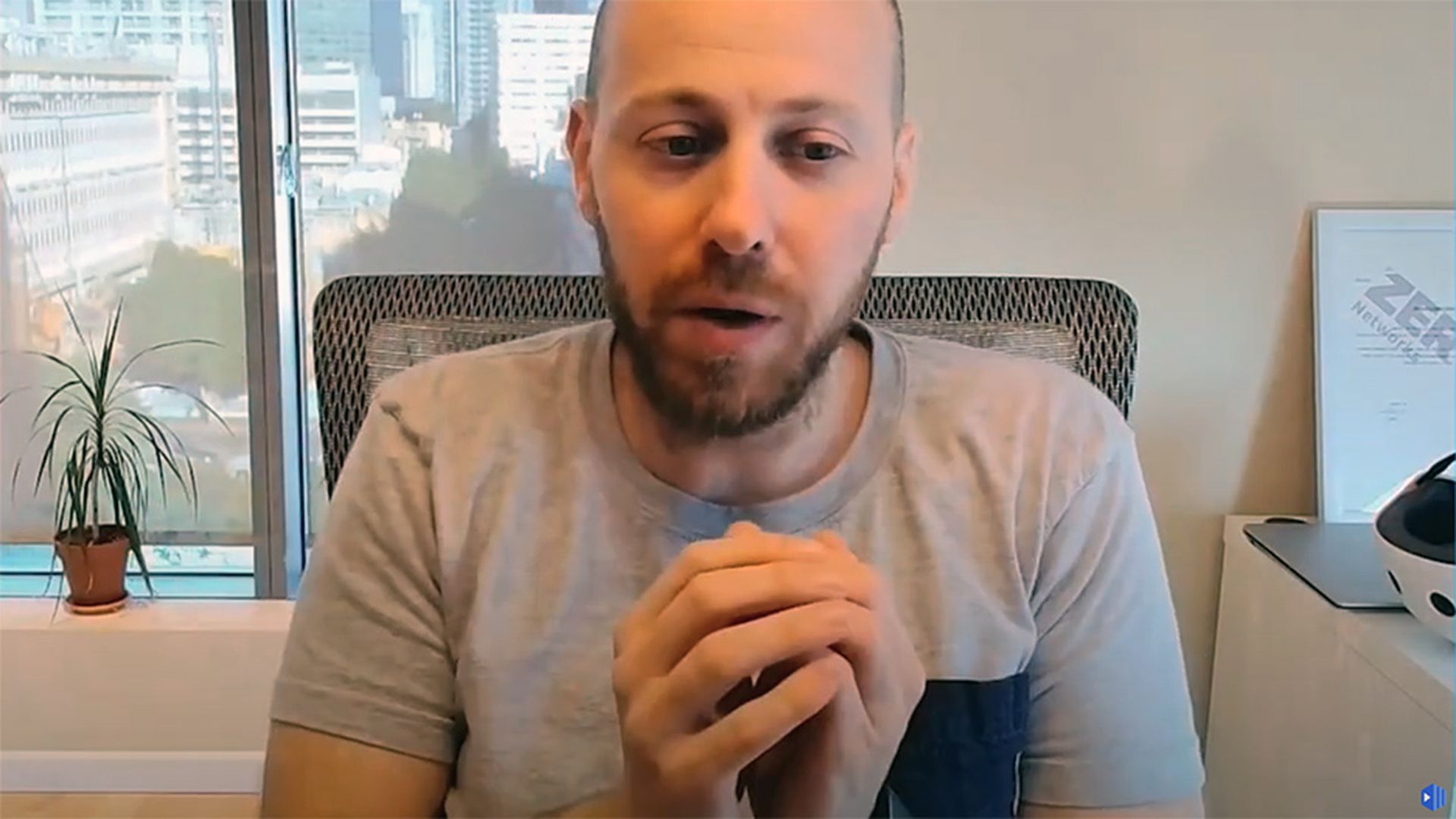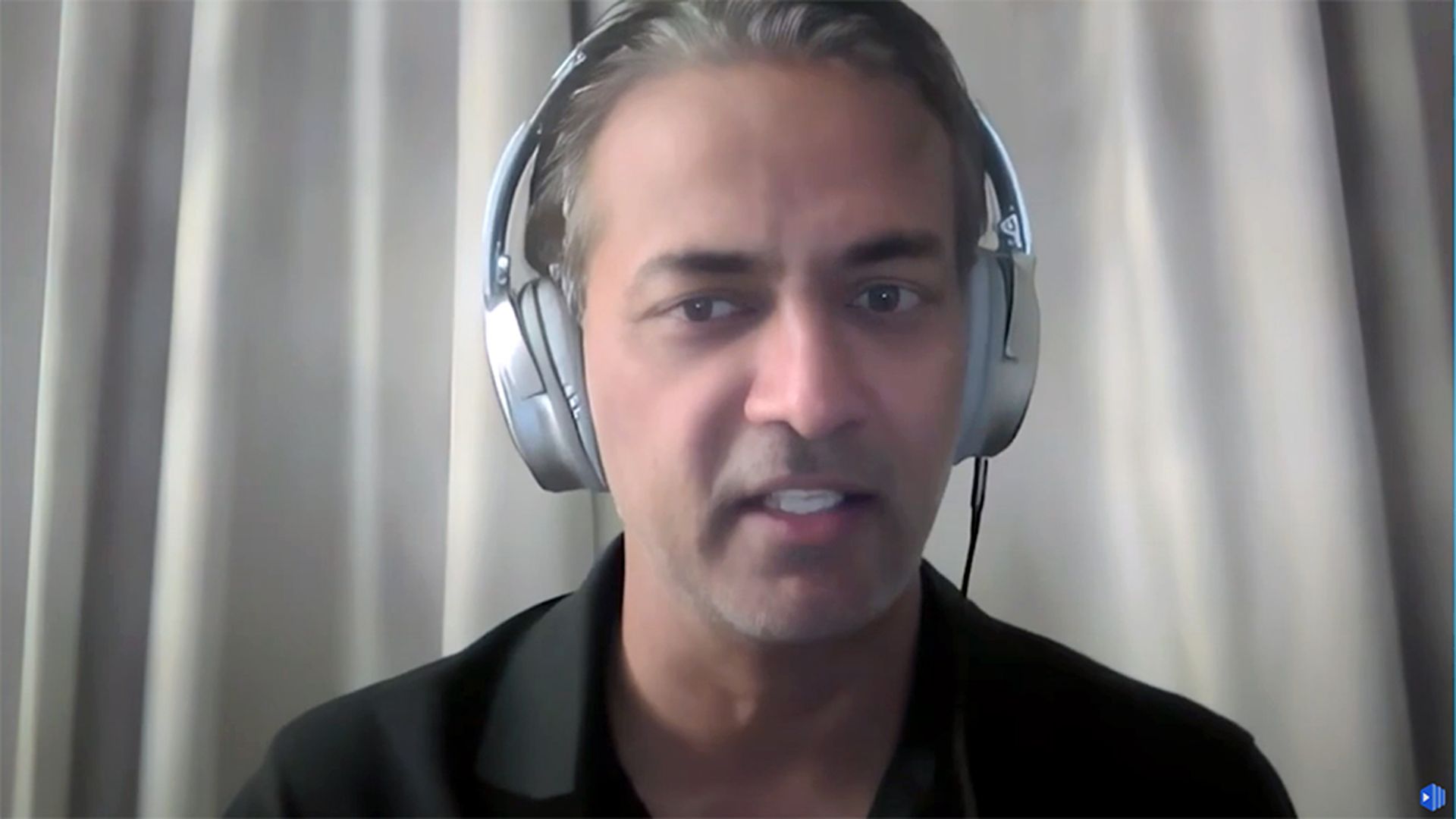
It often feels like people expect security teams to do more, do it faster, and with fewer resources and budget.
Recently, Chris (not his real name) was already getting crushed by the pace and workload. He routinely worked late into the evening and spent time on the weekends — what I call "borrowing on the margins" — in a losing battle to catch up.
Then Tuesday morning rolled around and during a weekly status meeting with the entire technical leadership, Bruce (not his real name) called out Chris in front of his peers and bluntly told him: “This is easy, and it’s not done yet. I don’t know what you are doing or working on, but you need to pick up the pace and get this done. Oh, and by the way, I need you to handle one more easy project.”
Have you experienced it?
It pairs well with unanswered emails, a calendar full of endless meetings, and work you need to get done with no time or energy. The fear spike from exchanges like this leads most to work nights and weekends, lose sleep, and drain themselves further.
It doesn’t have to be this way.
Not everything goes fast or is important
The "Tyranny of the Urgent" constantly interrupts important work to tackle urgent work. Sometimes it is necessary, but it’s usually a distraction.
Environments that allow more "Tyranny of the Urgent" experience more emotionally fueled, heroic efforts.
These fear-driven efforts create a lot of friction that erodes value, destroys trust, and burns people out. It also creates another problem: people get used to everything going fast, all the time.
Can’t we just take a pause?
Chris tried pushing back on Bruce by asking, “what do you want me to stop working on to handle this?”
Bruce just snidely replied that it was Chris’ job to “figure it out” instead of a candid discussion of priorities. It also meant Bruce raised his voice, pushed harder, and threatened to “get involved” in the effort, which Chris knew would only create bigger problems.
Resigned and defeated, Chris accepted the extra work.
This happens too often, so let’s explore what’s going on.
No clarity, much doubt
When I’m called into these situations, the first thing I diagnose is clarity. I start with two familiar questions:
- What problem are we trying to solve?
- What does success look like?
More often than not, people tell me they know the problem but cannot explain it to me (or anyone else). Sometimes the description of the problem is mostly meaningless jargon or words that make little sense. Equally as often, people can’t tell me what success looks like, either, especially if I ask for the ideal and acceptable outcomes.
If you don’t know the real problem to solve or what success looks like, it’s nearly impossible to take action. This is where we start.
Clarity is the fuel of acceleration
Folks who demand action all the time routinely mistake motion for action. Their failure to plan almost always leads to failure, usually covered by shifting goal posts.
Remind people of the maxim, “slow is smooth, and smooth is fast.”
Then explain clarity is the fuel of acceleration.
Explain you want to understand the problem and expected outcome to plan accordingly and take directed action.
Sketch the map and show your work
Ever notice how these situations have little documentation or planning?
The key to solving hard complex problems is to get visual. You need to see where the genuine problems are and figure out how to break down that work. It also gives folks confidence because they can see your work.
Making work visual helps people see how much effort is required. If your other efforts are also visual, you have the tools to make comparisons and better decisions faster.
Confirm your understanding of the problem, outcome, and suggested pathway. Use the sketch to invite a healthy contribution. Use this to work out the timeline and other elements.
This is how we deliver value faster
When confronted with doing more, faster, instead of leaping to action or pushing back, just seek to clarify. The upfront work to clarify reduces wasted work, re-work, and the friction that erodes value, destroys trust, and burns people out.
Instead of pushing people harder, we make our work visual and pull people in. They see what they contribute to and how it works.
So the next time someone tells you to do more and go faster, remind them that clarity is the fuel of acceleration and offer to map it out.



